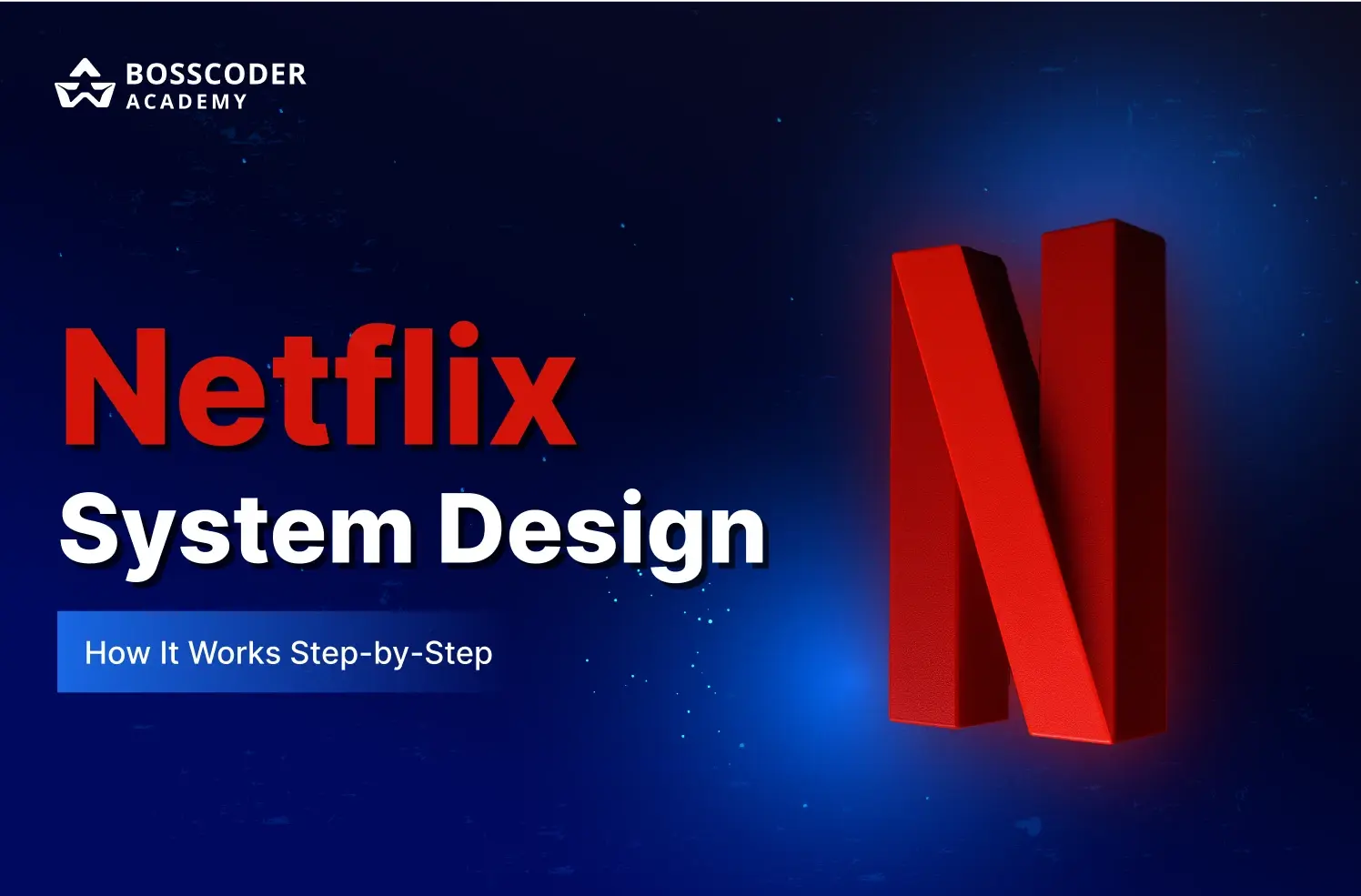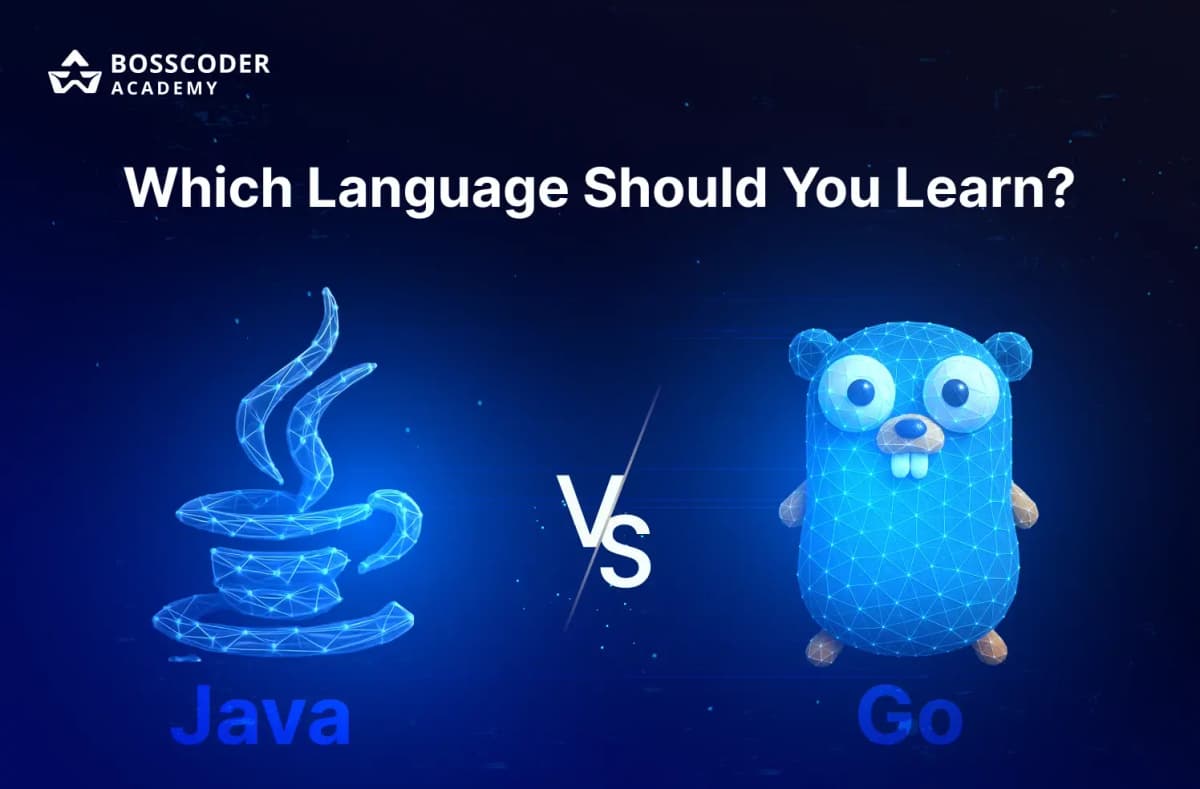In web development, efficiency and flexibility are essential. As applications become increasingly complex, developers are always looking for ways to simplify the development process. The MEAN stack provides a powerful solution by using JavaScript across both the front-end and back-end, making it an attractive choice for both beginners and seasoned professionals. With MEAN stack job opportunities projected to grow by 25% by 2025, learning it could be your gateway to exciting career prospects.
In this blog, we’ll explore what the MEAN stack is, its core components, how it works, and the benefits it offers—whether you're a complete beginner or a seasoned developer looking to level up. Understanding the MEAN stack is a key step toward mastering full-stack development. Let’s dive in!
What is MEAN Stack?
The MEAN stack uses four technologies, MongoDB, Express.js, Angular, and Node.js to build full-stack web applications. Similar to the MERN stack, MEAN allows developers to create anything from simple websites to complex, real-time systems using JavaScript. Here's a brief look at each part:
- MongoDB
MongoDB is a NoSQL database that stores data in a flexible, JSON-like format called BSON (Binary JSON). Unlike traditional databases with rigid tables and rows, MongoDB uses a dynamic schema, making it perfect for handling unstructured or semi-structured data. Its ability to scale and adjust to modern app needs makes it an important part of this stack.
- Express.js
Express.js is a lightweight and flexible web framework built on top of Node.js. It simplifies server-side development by providing tools for routing, managing HTTP requests, and adding middleware. Express.js is well-known for its simple design, which allows developers to quickly create fast and efficient backend systems.
- Angular
Angular is a robust front-end framework created by Google. It is used for building interactive and responsive user interfaces (UIs). Angular's features, including two-way data binding and a component-based structure, make it easy to build dynamic single-page applications (SPAs) that change in real time without refreshing the entire page.
- Node.js
Node.js is a runtime environment that permits developers to run JavaScript on the server side. It is powered by Chrome's V8 engine and features a non-blocking, event-driven architecture for excellent performance and scalability. Node.js is perfect for creating fast, real-time systems such as chat applications and live dashboards.
Why Choose MEAN Stack?
The MEAN stack has increased in popularity for a number of reasons, making it an ideal choice with developers. Here's why developers like this stack:
- All JavaScript: The MEAN stack’s biggest advantage is its use of JavaScript across the entire development lifecycle. From Angular on the front end to Node.js and Express.js on the backend, and even MongoDB for the database—everything runs on the same language, simplifying development and reducing the learning curve.
- Open-Source Ecosystem: All four technologies in the MEAN stack are free and open-source. This means there is no need to pay for any licensing fees also you can access any active communities that offer regular updates, tutorials, and support. Whether you're stuck with any bug or looking for inspiration, help is always available for you.
- Scalability and Speed: The MEAN stack is designed for performance. MongoDB grows horizontally to handle large datasets, Node.js handles multiple requests smoothly, and Angular provides fast, responsive user interfaces. They work together to create programs that can grow according to your user base.
- Flexibility for Any Project: Whether you’re building a small blog or a massive enterprise platform, the MEAN stack adapts to your needs. Its modular design lets developers customize solutions for any use case.
- Real-Time Features: Thanks to Node.js, the MEAN stack performs in real-time applications. Think live meetings, gaming platforms, or collaboration tools; Node.js' reactive nature enables it all to happen seamlessly.
- Single-Page Applications (SPAs): Angular shines when it comes to SPAs. These apps load once and update specific sections as needed, offering a seamless user experience without constant page refreshes.
Benefits of Using MEAN Stack
Various benefits are available once you start using MEAN Stack. Below, we have listed some of them:
- Faster development: Using JavaScript everywhere reduces your learning and coding time.
- Cost-effective: As it is all open-source technologies, so there is no need to pay any extra money for licensing or software.
- Strong Community: A large community of developers provides materials, plugins, and fixes.
- Highly Customizable: Customize each element to fit your project perfectly. You can customize any application to perform exactly as you want.
- Great for Startups: Its speed and scalability make it ideal for quick launches and growth. Startups can get their ideas online fast and handle more users as they grow.

Challenges of the MEAN Stack
No technology is perfect, thus, the MEAN stack also comes with a few limitations to consider:
- Abrupt Learning Curve: For beginners, mastering all four technologies can feel overwhelming at first.
- Not Ideal for Complex Relational Data: MongoDB can't be the ideal option for applications that require complicated and large data exchanges.
- SEO Challenges with Angular: Since Angular builds SPAs, search engines might have trouble while indexing your content unless optimized properly.
Quick Fixes for Common Issues
- Simplify Angular’s SEO: By using technologies like Angular Universal for server-side rendering (SSR) to pre-render websites for search engines. This offers pre-built pages to Google, making your app easier to locate.
- Display content before loading: Create static pages at build time to improve indexing and load speeds. It's similar to preparing pages ahead of time so that users and search engines can access them quickly.
- Mixed Data Method: If your app needs flexibility as well as structure, combine MongoDB with a relational database. This method gives you the best of both worlds when it comes to dealing with basic and complicated data.
How Does the MEAN Stack Work?
Each layer in the MEAN stack plays a unique role in the development process. Here’s a step-by-step breakdown of how it all comes together:
- Frontend with Angular: Angular takes control of the user interface of any websites or applications that you develop. Developers create reusable components that manage how the app will appear and behave in front of users. The front end talks to the back-end via API calls to fetch or send data.
- Backend with Express.js and Node.js: Express.js handles server-side tasks like routing and middleware, while Node.js runs the JavaScript code to process requests and send responses. Together, they create a fast and efficient backend system.
- Database with MongoDB: MongoDB saves all of the app's data in a flexible, document-based manner. The back end manages information via CRUD operations (Create, Read, Update, and Delete).
- Seamless Integration: The stack links seamlessly, sending JSON data across all the levels. This ensures that everything is compatible and easy, from the database to the user's interface.

MEAN Stack Project Ideas
The MEAN stack is great for building different types of applications. To practice your skills, try these easy MEAN Stack projects with source code for reference. Check out the projects.
- E-Commerce Websites: You can create a scalable online store with active product listings and simple checkout processes. You can add things like as shopping carts and payment choices to make shopping more convenient for consumers.
- Social Networking Platforms: You can also build a social networking application that allows users to share posts, messages and connect with others. This platform can let people chat, like posts, and follow their friends effortlessly.
- Content Management Systems (CMS): Moreover you can design a tool that can manage and publish digital content easily. Users can update blogs, articles, or images without needing to know any coding or any other programming languages.
- Task Management Tools: Create applications for project management, task assignment, and progress monitoring. Teams can use these to meet deadlines and work more effectively.
- Real-Time Dashboards: Make live data trackers for analytics, stocks, and sports updates. These dashboards show real-time updates, such as market prices or game scores.
How to Get Started with the MEAN Stack?
Excited to get started with the MEAN stack? Follow these easy steps to set up your environment, understand the core components, and start building your first application.
- Master JavaScript: Since it’s the backbone of the MEAN stack, get comfortable with JS basics first. Knowing how to write loops, functions, and variables will make everything else easier.
- Learn Each Component: Start with one technology, like Angular for the frontend or Node.js for the backend, and build from there. Don’t rush; take your time to understand how each piece fits into the puzzle.
- Build Small Projects: Try creating a to-do list app or a blog to practice your skills. These mini-projects help you see how the stack works together in real life.
- Use Online Resources: Check out tutorials, YouTube videos, and free courses to guide your learning. There are tons of step-by-step lessons out there to help you when you’re stuck.
- Join the Community: Connect with other developers on forums or GitHub to ask questions and share ideas. Talking to people who’ve been there can boost your confidence and speed up your progress.
Want to transform your tech journey? Consider enrolling at Bosscoder Academy to gain hands-on experience and expert guidance.
Conclusion
The MEAN stack is a game-changer for anyone looking to create fast, scalable, and modern web applications. Its JavaScript basis, open-source nature, and flexibility make it a go-to choice for developers of all levels. By mastering the MEAN stack, developers can create dynamic solutions that cater to diverse industry needs—from e-commerce to healthcare.
Whether you're just starting your journey in web development or looking to enhance your skills, learning the MEAN stack can be an ideal step toward becoming a proficient full-stack developer.
FAQs
Q1. Is MEAN stack good for beginners?
Answer: While there's a learning curve to master all four technologies, MEAN stack is beneficial for beginners already familiar with JavaScript, as they can apply the same language across the entire development process without switching between different programming languages.
Q2. How does MEAN stack compare to MERN stack?
Answer: The main difference is the front-end framework: MEAN uses Angular while MERN uses React. Both use MongoDB, Express.js, and Node.js. Angular provides a more structured framework with two-way data binding, while React offers a flexible library approach.
Q3. How does MongoDB work in the MEAN stack?
Answer: MongoDB serves as the database layer storing data in a flexible, JSON-like format called BSON. It uses a dynamic schema for handling unstructured data, and the backend communicates with it through CRUD operations to manage application data.
Q4. Is MEAN stack still relevant in 2025?
Answer: Yes, MEAN stack remains relevant due to its JavaScript-based architecture, which enables efficient full-stack development. It's particularly valuable for single-page applications and features requiring real-time updates.
Q5. How do I get started with MEAN stack development?
Answer: Start by mastering JavaScript basics, then learn each component individually, build small practice projects, utilize online tutorials, and join developer communities to ask questions and share ideas.
Q6. What are some alternatives to MEAN stack?
Answer: Alternatives include MERN stack (using React), MEVN stack (using Vue.js), LAMP stack (Linux, Apache, MySQL, PHP/Python/Perl), and JAMstack (JavaScript, APIs, Markup) each offering different advantages depending on project requirements.









